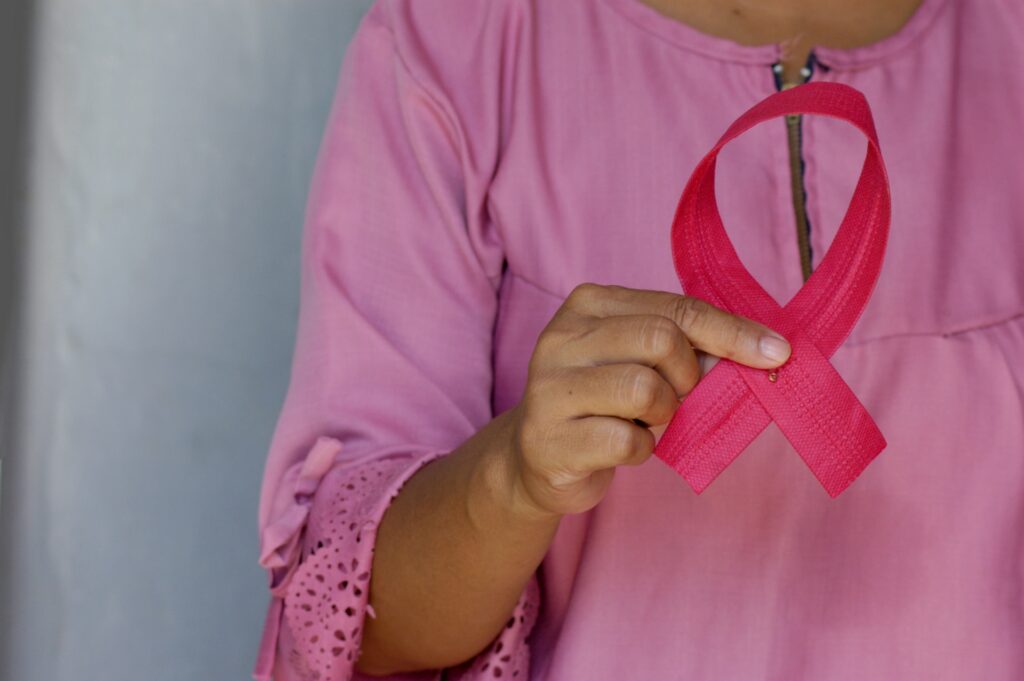Demystifying menstrual leave around the world

Can you recall feeling flushed with embarrassment or anxiety when you got your first period? Whether it happened in the privacy of your own home or in public at school or a social setting, chances are you felt some confusion and uncertainty. The issue is that instead of discovering educational resources, social acceptance or celebration for this life milestone, you were likely met with those toxic themes of embarrassment and anxiety which bleed into every corner of our cultural conversation surrounding menstruation. To say that’s troublesome is an epic understatement.
Historically a taboo topic around the world, societal perceptions paint periods as unhygienic, and shameful, prompting girls to be discreet and protective about their periods from a young age, often remaining silent about their experiences well into womanhood. From period poverty, to poor menstrual education, and the ever-maddening tampon tax, women across cultures can relate to being made to feel like their periods are problematic. However, the conversation has begun to shift ever so slightly, with Spain marking the latest country to join the mission to demystify menstruation.
Paid menstrual leave
Worldwide, only a small number of countries offer menstrual leave including Japan, Taiwan, Indonesia, South Korea, Zambia, and now Spain. The Spanish parliament made waves last month when it approved the creation of sick leave for women suffering from incapacitating periods, becoming the first country in Europe to do so. As part of the country’s right to gender equality in health, the new bill creates the possibility for women to call in sick “in case of incapacitating menstruation,” the Spanish Congress said in a statement. It was adopted by 185 votes against 154, with three abstentions.
“The rule is going to stop being a taboo,” said Minister for Equality Irene Montero, a driving force behind the law’s implementation in a news statement on the government’s website.
Women in Spain now have the right to three days of menstrual leave a month — with the option of extending it to five days — if they experience painful periods. In addition to temporary disability paid entirely by the State for women who have painful and disabling periods, products related to hygiene and menstrual management will be dispensed free of charge in educational, penitentiary and social service centers.
Deidra Mwalimu, MBA, CEO & Founder of Network of Women NOW, has over 15 years of experience within the field of international development and non-profit administration. She says Spain’s move signals a refreshing advancement in conversation surrounding women’s reproductive health.
“Including the topic of paid annual menstrual leave for women in Spain as part of political legislation is refreshing,” says Mwalimu. “The subject is taking the conversation about how women are forced to deal with their own personal menstrual problems in silence is exposed on a global scale.”
Mwalimu’s nonprofit NOW was incorporated in 2020 to assist young girls and women by donating feminine hygiene products through individual contributions, drives, fundraising events, and partnerships to communities in need. Their 2022 End Period Poverty Campaign collected more than 3,500 tampons and 10,000 sanitary pads to donate to students at Southern University and Louisiana State University.
Unpacking painful periods
Menstrual period pain is incredibly common, with The American College of Obstetricians and Gynecologists estimating that more than 50 percent of women and girls with periods feel pain for at least one to two days each month before or during their period. And while some pain, cramping, and period discomfort is normal, excessive pain that causes you to miss work or school is not – but that doesn’t mean it isn’t happening, anyway. Certain medical conditions, like endometriosis and pelvic inflammatory disease, can cause debilitating periods but because these conditions are common yet poorly understood, many women suffer in silence. It is estimated that between 10 and 20 percent of American women have endometriosis. While some women with severe endometriosis have no physical symptoms; others with just a few small growths have incapacitating pain. Symptoms like heavy bleeding, dizziness, nausea, migraines or severe cramps can make accomplishing work tasks difficult or impossible. Still, while this pain frequently has an impact on both women’s professional and personal lives, it’s rarely acknowledged in Corporate America.
Because there is no federal policy in the United States for menstrual leave, the majority of companies do not offer menstrual leave even though premenstrual symptoms may have a significant impact on an individual’s daily functioning. In a study of over 4000 women from 19 different countries, those with moderate to severe premenstrual symptoms showed increased absenteeism and decreased productivity at work. In a survey of over 40,000 women, 38% were unable to perform activities of daily life due to premenstrual symptoms. The few employers that do offer the kind of menstrual-specific support that is afforded to women in countries with menstrual paid leave laws have been fierce advocates of the need to push for large-scale change. Software company Nuvento allows staff to take one paid day of period leave per month, and astrology company Chani offers “unlimited menstrual leave for people with uteruses.”
“It’s incredibly painful to have a uterus, and yet, from a young age, we’re taught to push through this pain and keep working,” said Sonya Passi, the company’s CEO, in an interview with The Washington Post.
Chani implemented its menstrual leave policy so employees don’t have to deplete sick or vacation hours “to deal with a fact of life,” she said. “Folks just need to let their supervisor know as soon as they decide to take the menstrual leave, and it’s an automatic yes. There isn’t an approval process.” About 60 percent of the company’s employees have used the policy at least once, Passi noted.
Americans weigh in on menstrual leave
While it’s obvious that resistance to menstrual leave policy persists, a noticeable shift in public opinion is taking place. A 2017 survey published in the journal Health Care for Women International found that half of the 600 respondents believed menstrual leave would have negative impacts, citing concerns that the leave would be abused for other purposes and that such policies would be unfair to non-menstruators. Even some period advocates like Kathryn of @bloodyhonesty disagree with the concept of period leave and cites concerns. “In my opinion, [we don’t] need a whole separate segment of leave that continues to ‘other’ people who period,” she says. Yet a 2023 study by Resume Builder to gauge how employees in the United States would feel about paid menstrual policies, if they would take advantage of it if given the opportunity, and whether or not it would affect their decision to apply to work for a company, offered striking new data. Four out of five American workers support paid menstrual leave, with nearly identical percentages of men and women. 79% of women under age 45 would be likely to use such a policy, with younger workers supporting this policy more than older workers.
4 out of 5 American workers support paid menstrual leave, with nearly identical percentages of men and women.
When respondents were asked why they would choose to support such a policy, the top three answers given were that paid period leave would help employees be more physically healthy, mentally healthy, and productive at work. Additionally, and regardless of gender, 55% of total respondents say they would be somewhat or much more likely to apply to a job that offers paid menstrual leave.
The future of menstrual leave
So, what are you to do if you’d like to support policy changes within your organization or on a larger scale? There are free, customizable and downloadable templates that exist to help companies implement such a policy.
Some companies interested in expanding offerings while avoiding potential discrimination complaints and protecting employees who feel uncomfortable discussing menstruation needs are finding an alternative solution by offering more annual sick leave and announcing that it includes period-related symptoms without requiring staff to specify why they’re taking leave.
Because there is little data on whether period leave helps or hinders women in the workplace, it remains a hotly contested topic even among feminists. While this conversation continues to stir up a lot of opinions, thoughts, and feelings both around the globe and closer to home, Spain’s decision ultimately represents the important need to formalize policies that legitimize and think through women’s needs at work. Emerging social trends signal the gradual de-stigmatization of menstruation, and the rise of menstrual equity awareness, which is a step worth celebrating. “Each conversation surrounding reproductive health, period poverty or menstrual equity lends hope that energizes all women,” says Mwalimu. Time will tell if we will see a substantial elevated interest in menstrual workplace policies in 2023 and beyond.
What are your thoughts on formal, paid menstrual leave? Join MBAchic and let us know!

Photo by Maddi Bazzocco







